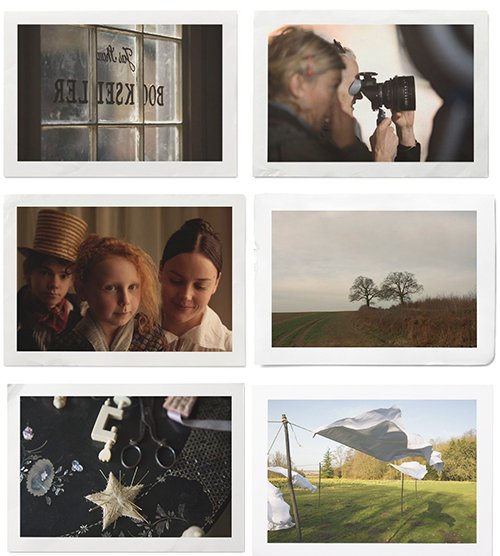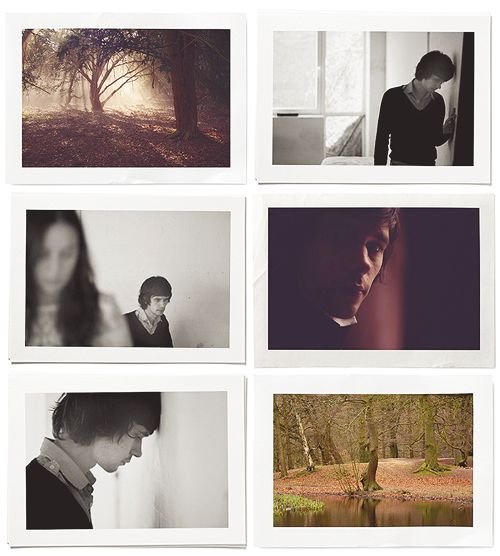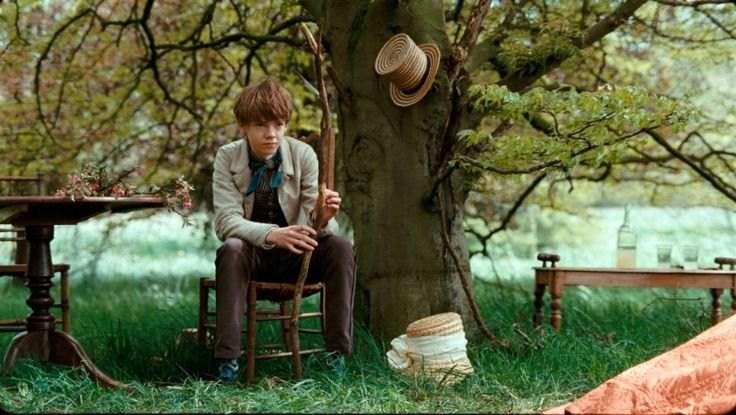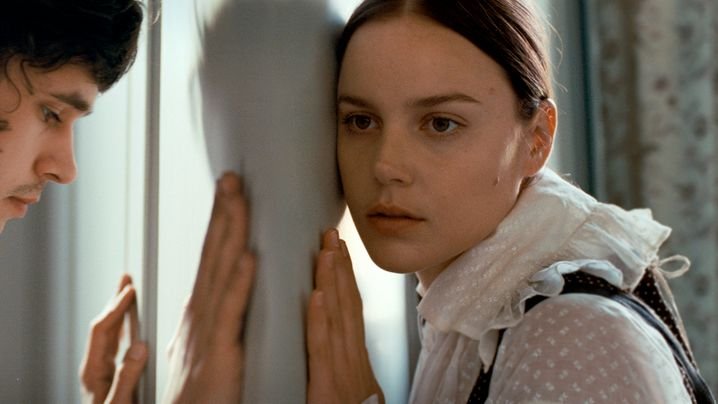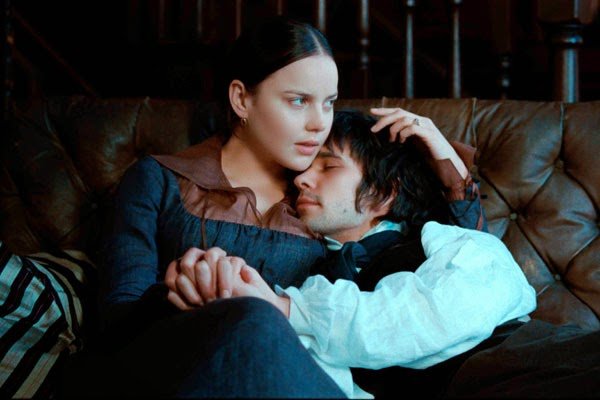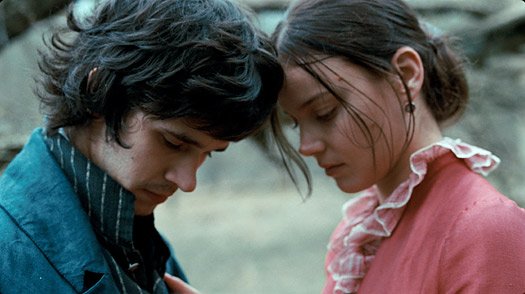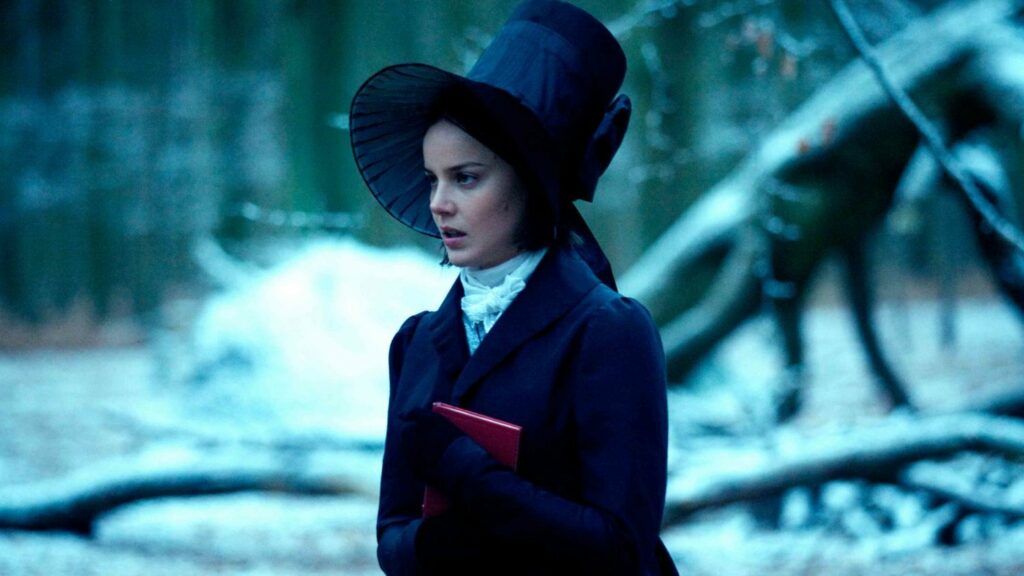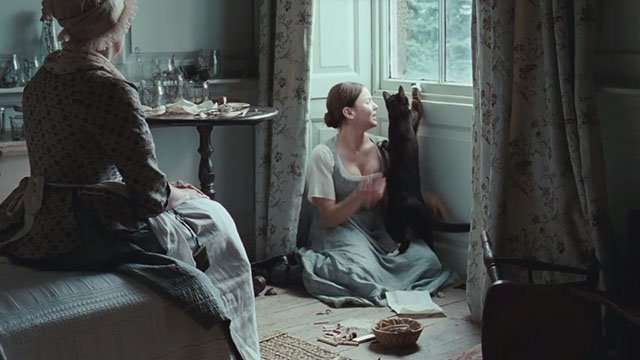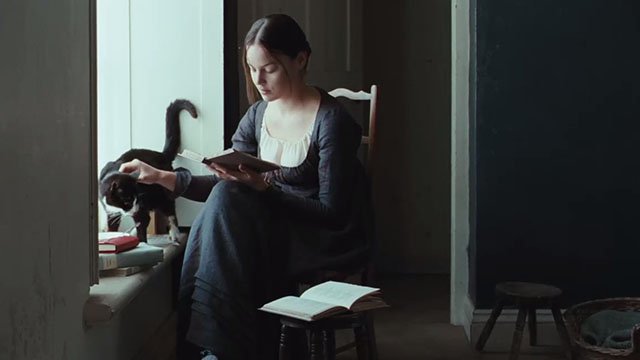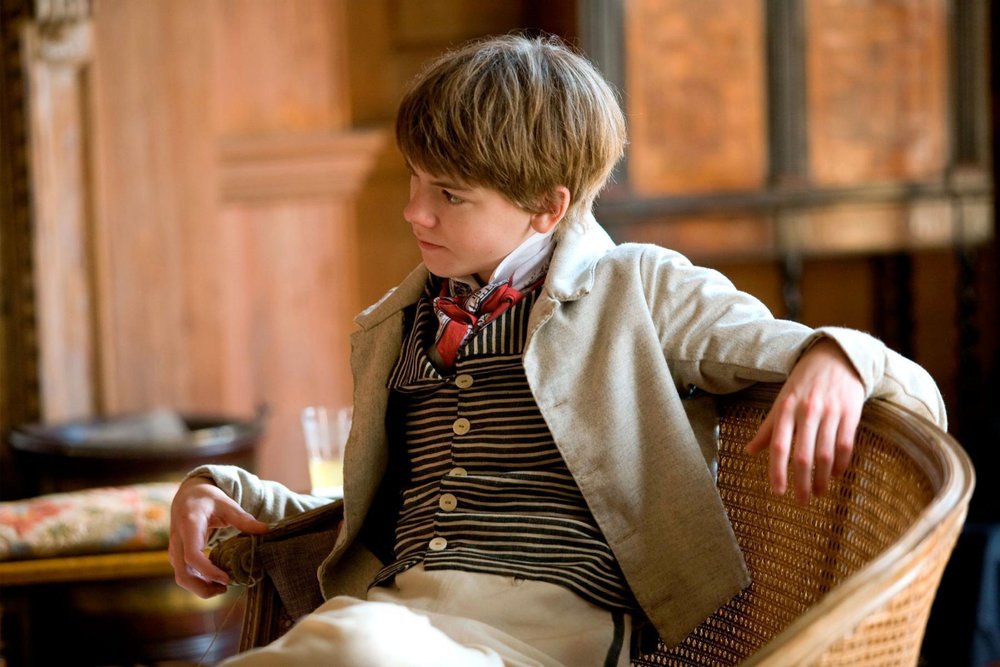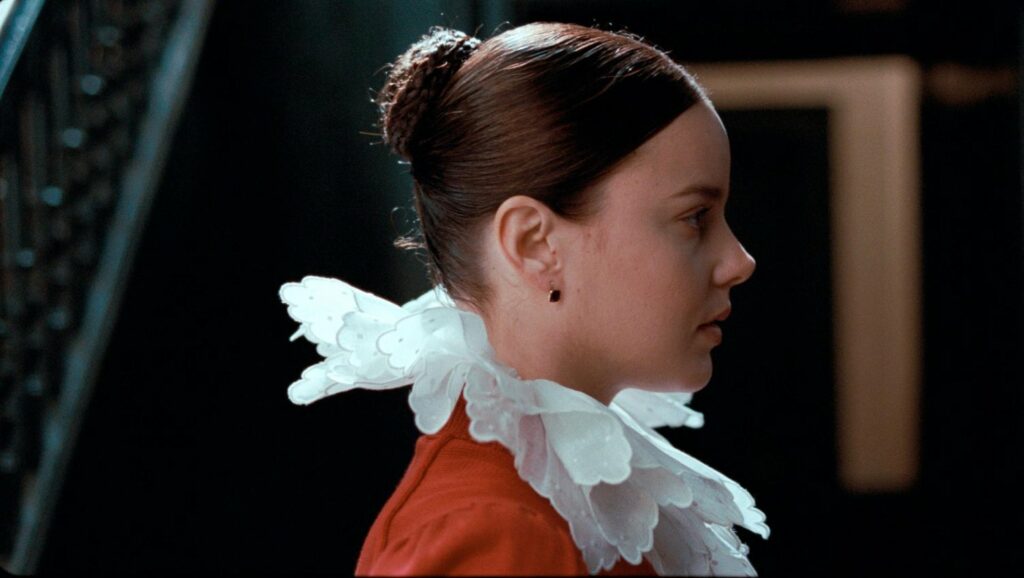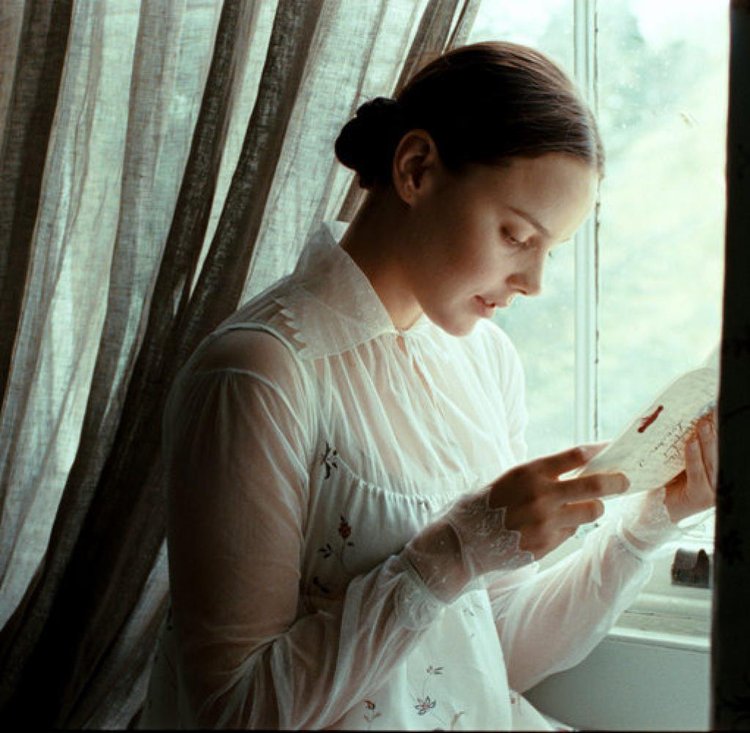In 2009, whilst working at Anthropologie’s HQ as the newly created head of Community and Content, I was lucky to create and launch a special project/website, The Anthropologist (now defunct).
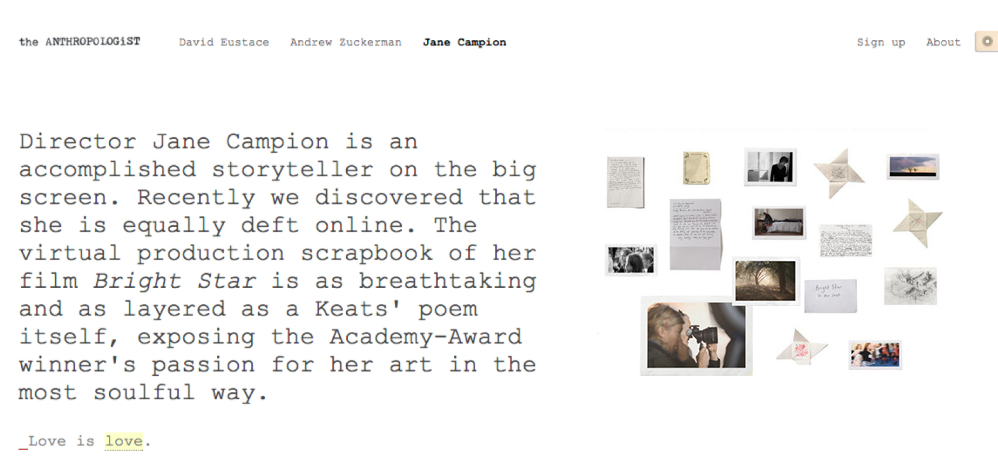
The site was designed to be an exploration (literally) of creativity, changing content and design every quarter. It launched with three artists, one of whom was award-winning filmmaker Jane Campion, with a focus on her new film, Bright Star, which launched at the same time.
Said Jane of the film in a Telegraph interview:
“When 23-year-old John Keats met 18-year-old Fanny Brawne in the autumn of 1818, a love affair began, and the 37 surviving love letters and notes Keats wrote to Fanny bear compelling witness to its tenderness, passion, and intensity. It was the first love most of us dream of enjoying, but with an end so tragic that it proved hard for them to bear.
Eight years ago, I was drawn into Keats’s world by Andrew Motion’s biography. Soon I was reading back and forth between Keats’s letters and his poems. The letters were fresh, intimate and irreverent, as though he were present and speaking. The Keats spell went very deep for me. I finally wrote a screenplay of the love affair from Fanny’s point of view, entitled Bright Star.”
Working with Jane Campion on this project was literally a dream come true. She’s one of my favourite storytellers and directors for so many reasons, but three of them in particular are these: she believes in the smallest of details, creating austere beauty and making light a main character.
Our site highlighted these details, including her notes for the actors she gave via physical 19th-century handcrafted love notes. It also shared the incredible beauty of the film through still photography and Jane’s own behind-the-scenes Polaroid shots.
The night of the launch part, I was able to speak with her about these things, in particular light as a main character. I think about light often, especially in my travels and as seasons shift. To talk with someone who noticed it as I did felt oddly reassuring. What else was reassuring was how Jane struck me as an introvert, caring more about her craft than the response to it. But she indulged me, and I took away from our conversation how much she cared – about the story, work, and people. She loved what she did, and that quiet passion resonated. Creating isn’t always about competition or being the best; it’s telling a story in the best way because you have to. And if you’re working with people, bringing out the best in them. I love that.
In a Guardian interview, Jane said this of herself, which you feel when you talk with her:
When she started out, Campion considered herself primarily a writer. “I had these stories, and there was no chance of getting anybody else to do them, so I had to become a director of my own work. I never thought I wanted to be a film director. I’m not actually ambitious per se in terms of a career; I’m just ambitious to achieve the stories and dramas that I’ve come up with.”
I re-watched Bright Star the other day, and it’s still one of the most beautiful films I’ve seen. There are so many hygge moments that if I could live in them, I would. It’s a slow, quiet film that requires you to be present when watching it, but it’s honest, captivating, and heartbreaking all at once.
I’ve pulled together some of my favourite images from the film and some of the photos shared on The Anthropologist almost 10 years ago. They center mainly around Fanny Brawne, from which the story of Keats is told. To me, she’s a complex character I didn’t always like, but I do admire a lot of her boldness and attitude. Slate Magazine summed her up the best:
“Fanny, as played by the up-and-coming Australian actress Abbie Cornish, is a curious heroine. She’s not a quick-tongued wit, like Pride and Prejudice’s Elizabeth Bennet. She’s grave-faced and a little stolid, skeptical of flights of fancy. Fanny is inordinately proud of her gifts as a seamstress, and she dresses herself in homemade finery that’s outrageously ornate for the simple village life she leads. (Meeting Keats at a party, she brags, “This is the first frock in all of Hampstead to have a triple-pleated mushroom collar.”)”
Jane Campion’s Bright Star Notes & Polaroids
“What I love so much about this story is its purity and innocence,” Ms. Campion said. “It’s such a rare thing these days. Also the poetry, a lost art to which, hopefully, we’ve given a moment. It felt like it was about things I want to know about life. It’s not fashionable, but it seems to feed me in the way I want to be fed.” New York Times.

